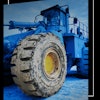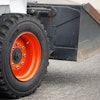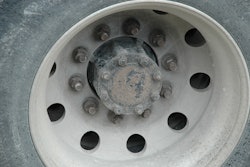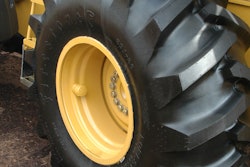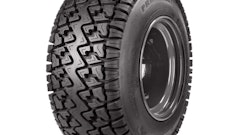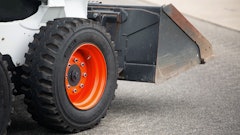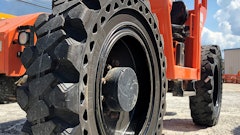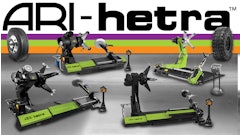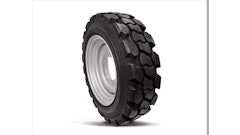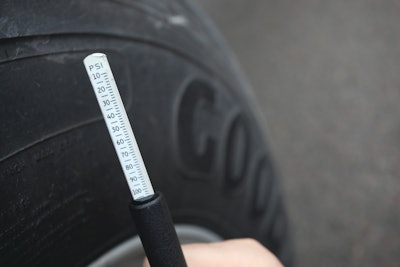
Maintaining correct tire air pressure is the single most effective way to control truck tire wear and improve casing life and tire performance.
Too much air creates a handful of performance and handling issues but too little air pressure is far more common and expensive. An under-inflated tire flexes more as it rolls down the road, resulting in increased friction that raises the rubber's temperature.
"Heat is a tire's greatest enemy; it causes a tire's components to deteriorate and may even damage the steel cords," says Tim Miller, communications manager for Goodyear Commercial Tire. "Insufficient inflation also hurts fuel economy, since under-inflated tires force truck engines to work harder."
How much air do you need in tires? Most Class 8 trucks will require about 105 psi in each tire, but the ideal pressure varies with axle load, the number of tires per axle, typical cruising speed of your trucks and even weather.
Discover proper air pressure for your truck tires by plugging information about your axle loads and speeds into the Tire and Rim Association's load and inflation-pressure tables.
Tire-industry guidelines allow tires to carry heavier loads at slower speeds. Slowing down also offers a fuel-efficiency bonus.
Ambient temperature affects tire air pressure. Recommended inflation pressure drops one pound for every 10-degree increase in ambient temperature (See the Tire and Rim Association's load and inflation-pressure tables).
Perfect tires and rims lose air. As much as 2 psi worth of air molecules can work their way right through tire rubber. An effective tire management program includes checking all inflation pressures, including inside duals, and visually inspecting tires monthly or more often.

